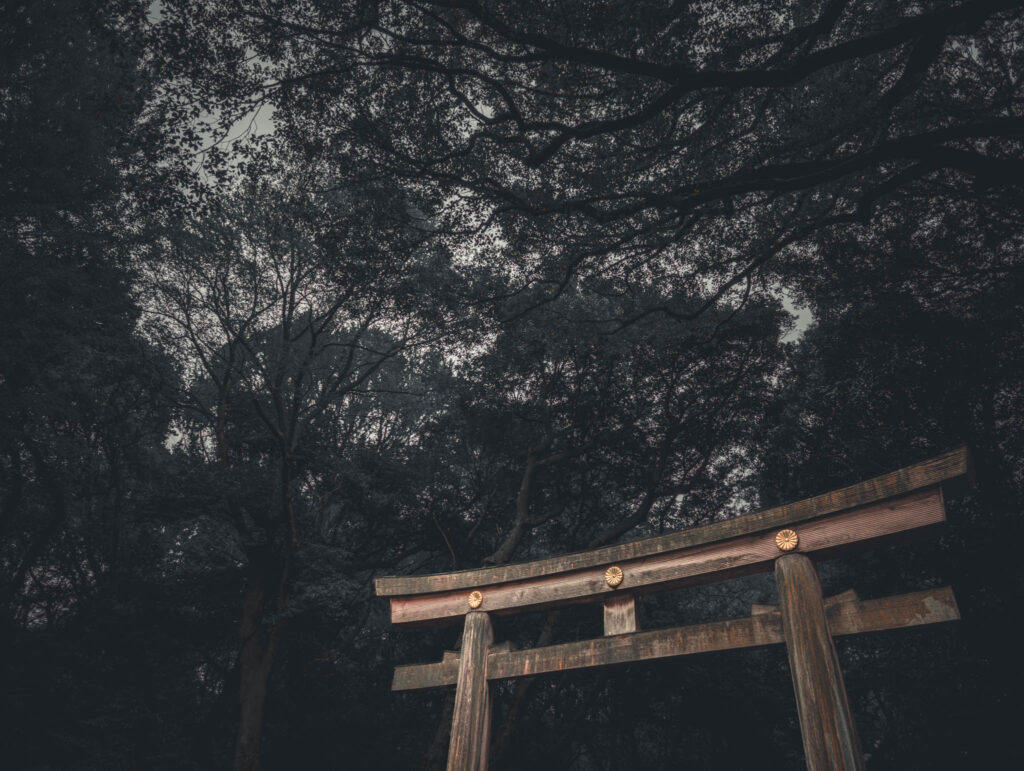
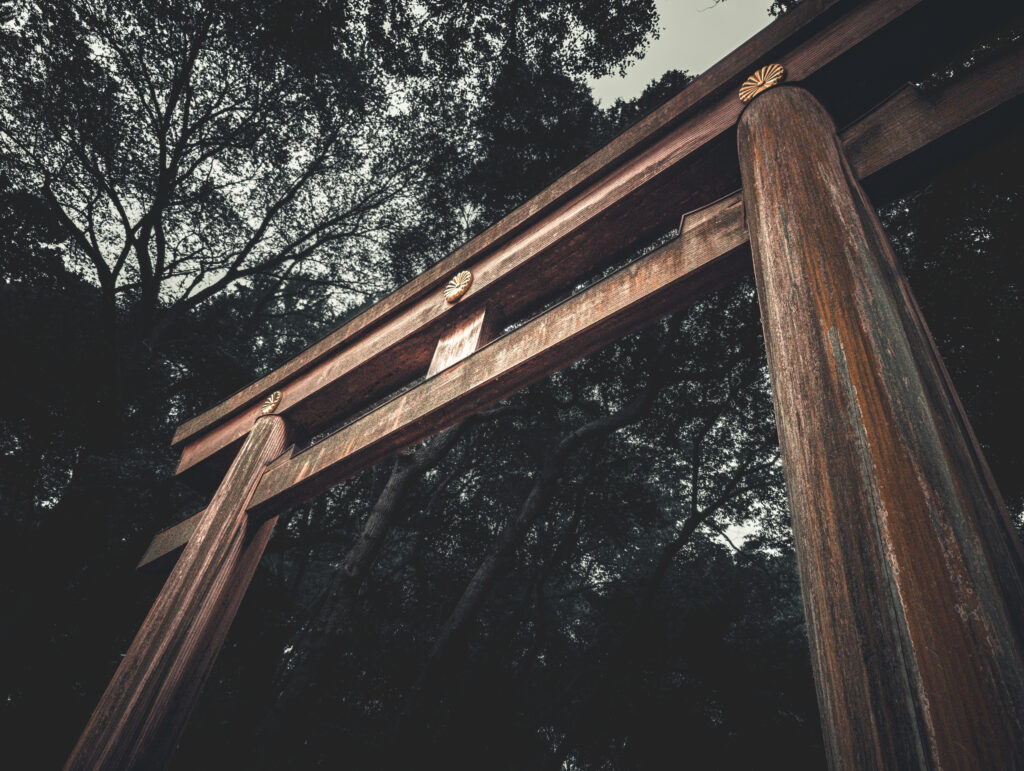
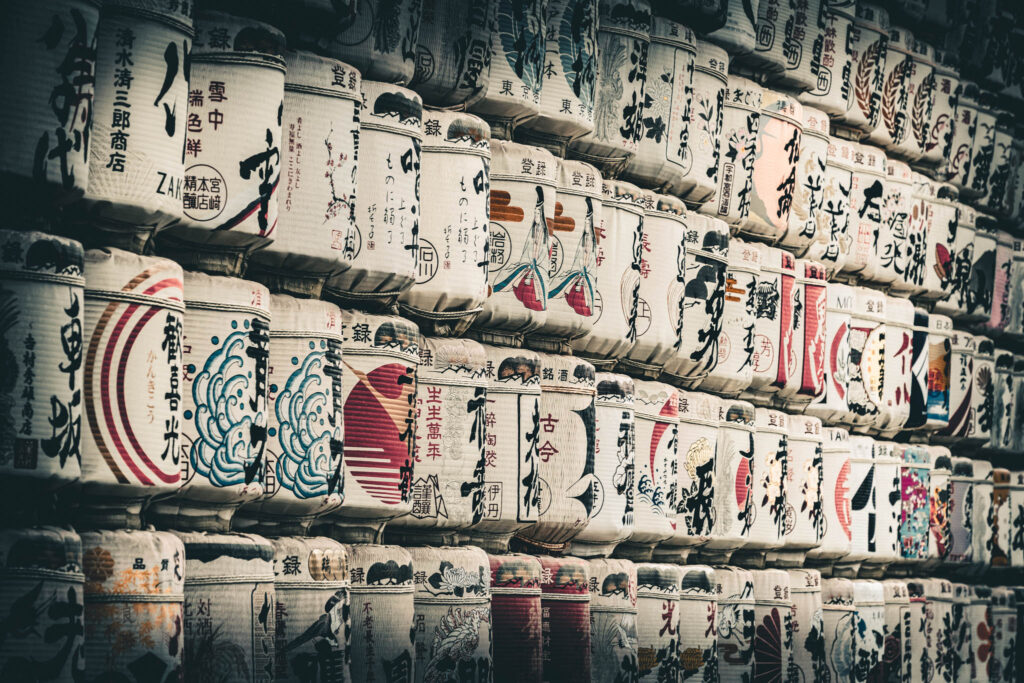
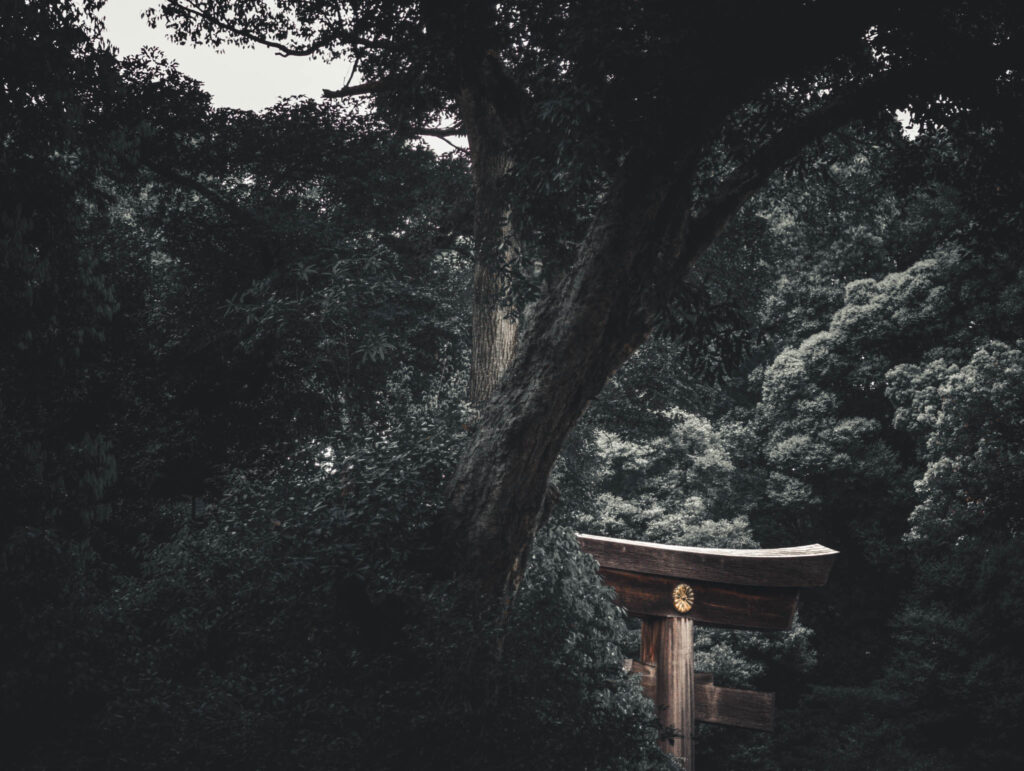
Final day in Tokyo, and one under somewhat-threatening, overcast skies at that.
And so, as a prelude to last-minute shopping for clever gifts in Shibuya and Aoyama, I went to pay my respects to the kami of the emperor of bunmei-kaika — the age of Civilization & Enlightenment, which seems to have amounted to a period of breakneck “Westernization” — ironically housed (and rehoused, after the USAAF bombing of Tokyo charred the original to cinders) in the most atavistic of monumental nagare-zukuri complexes.
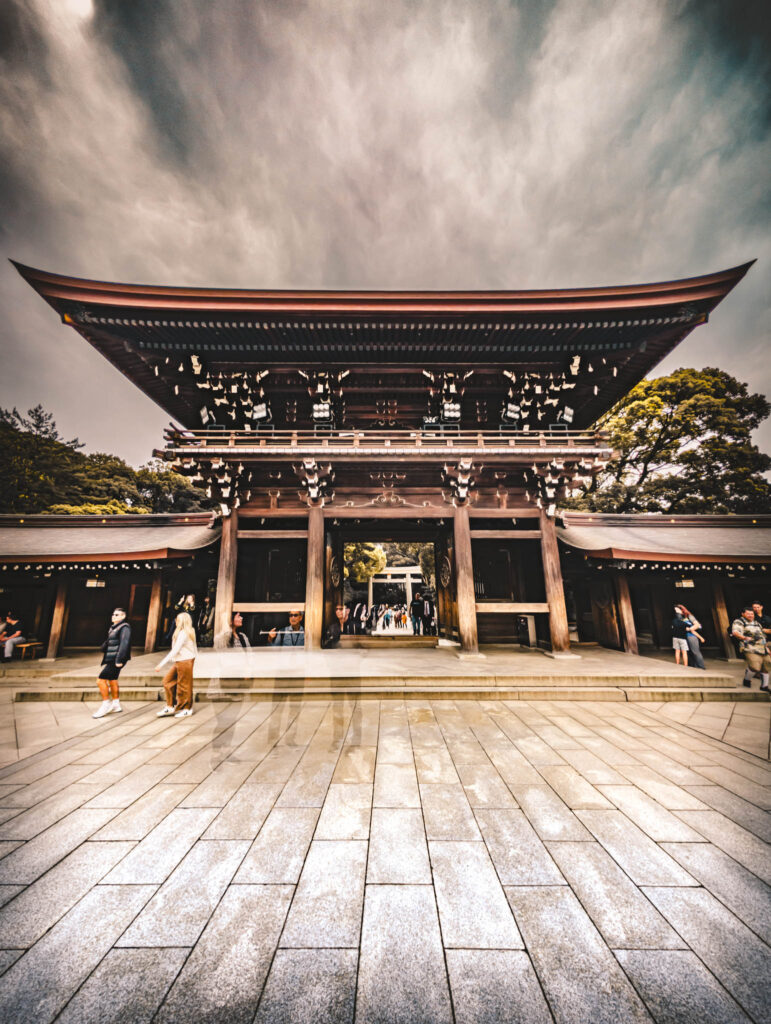
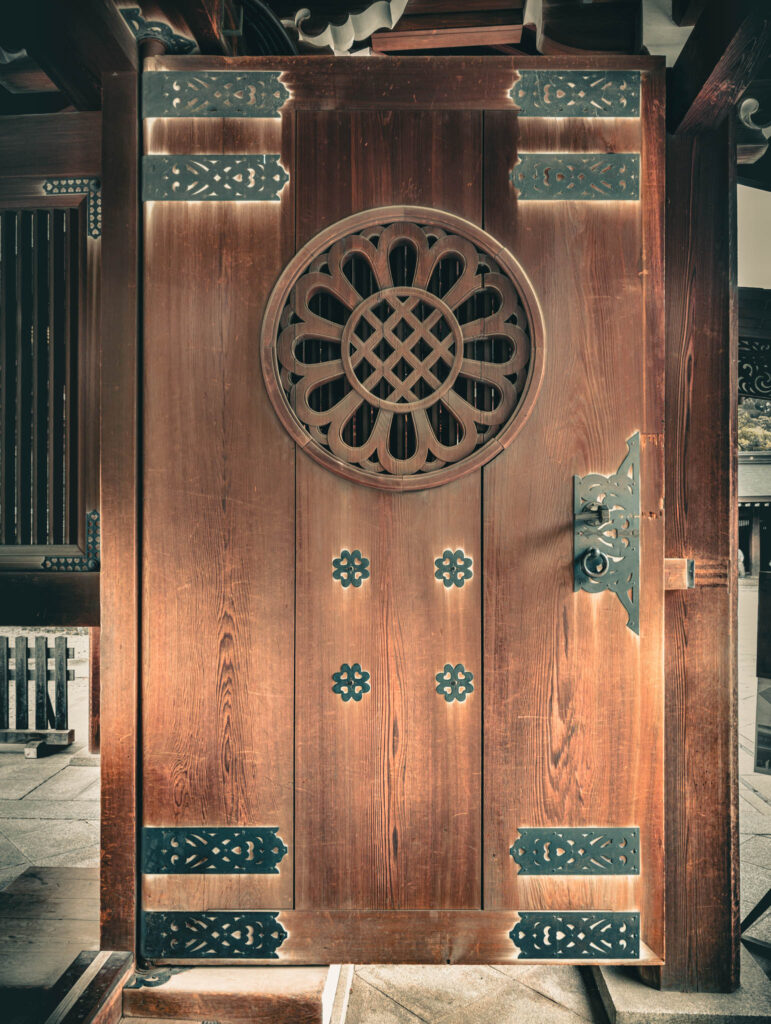
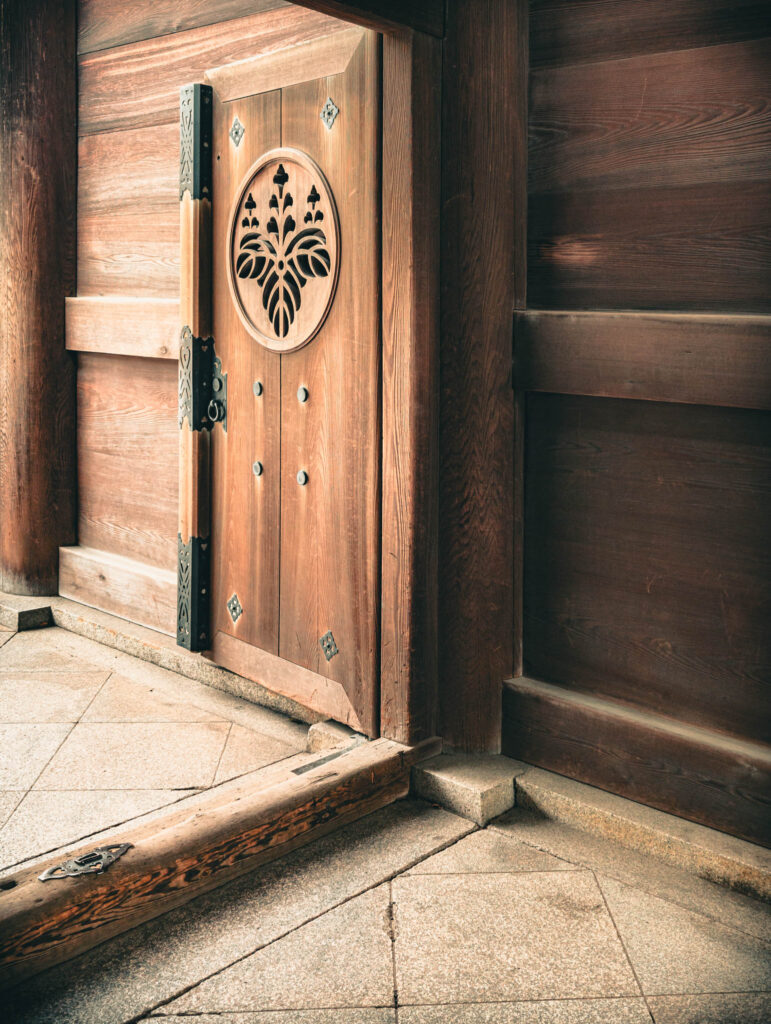
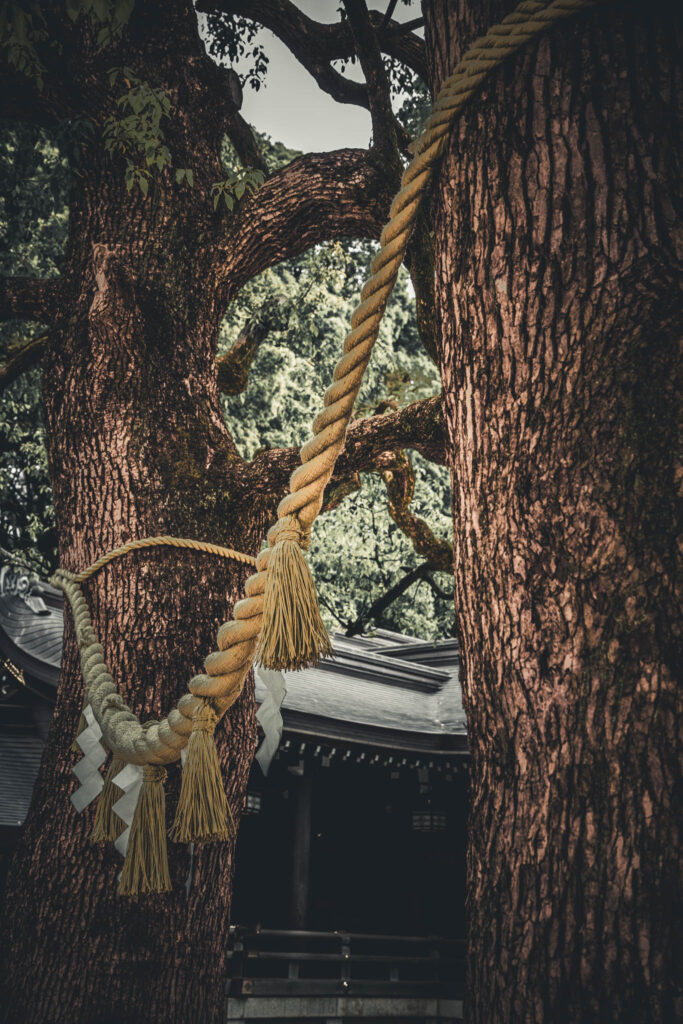
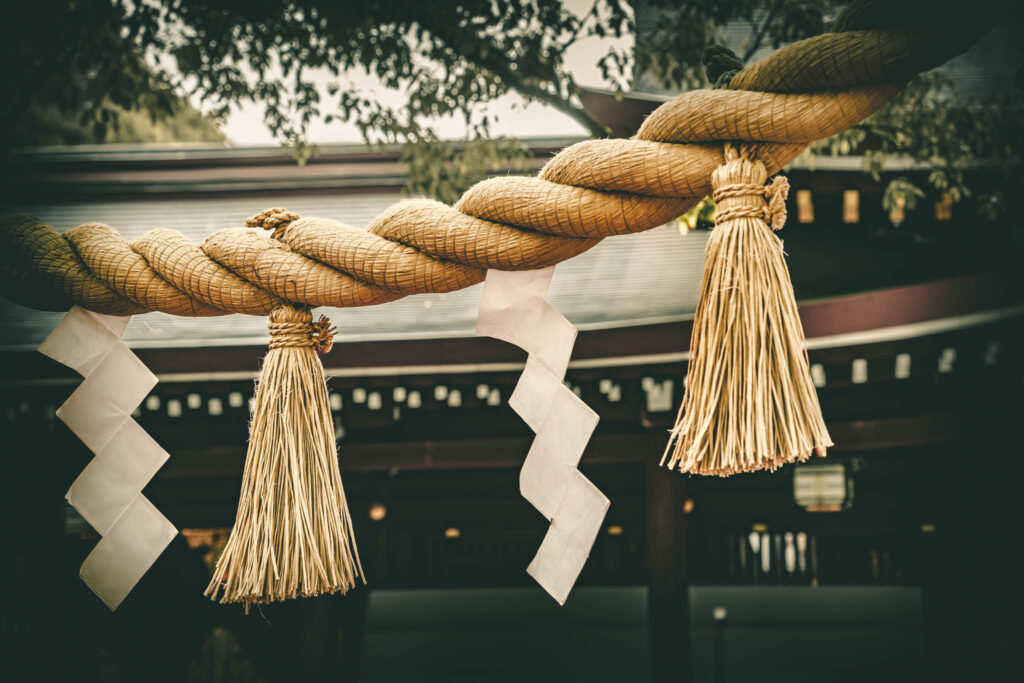


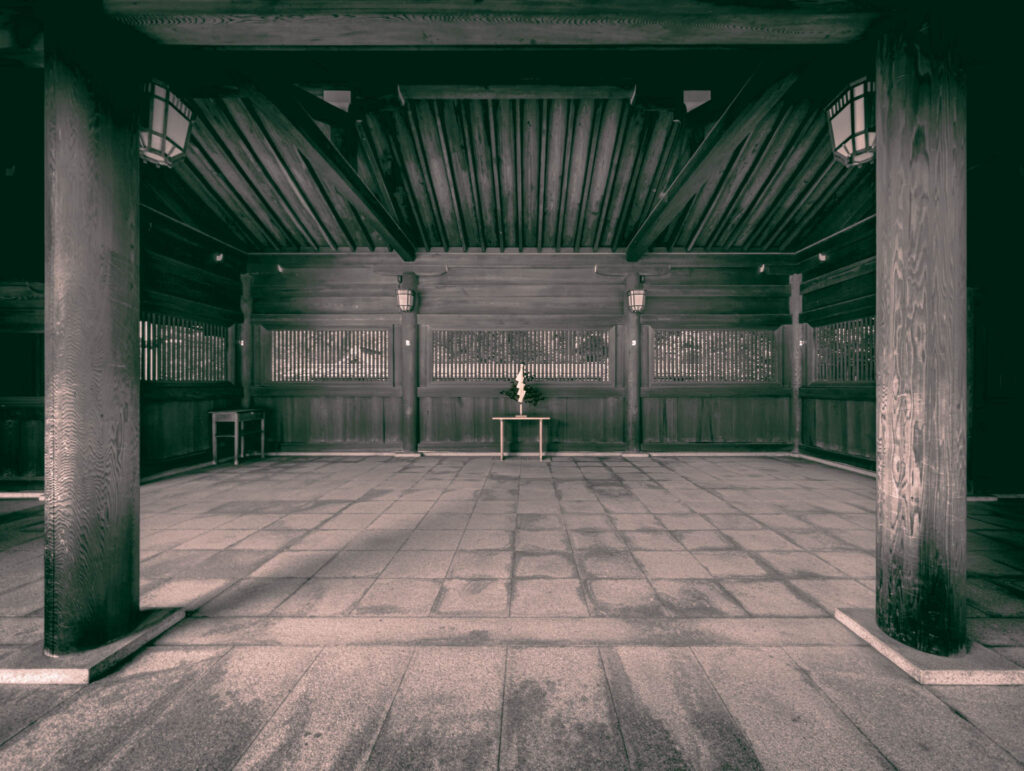
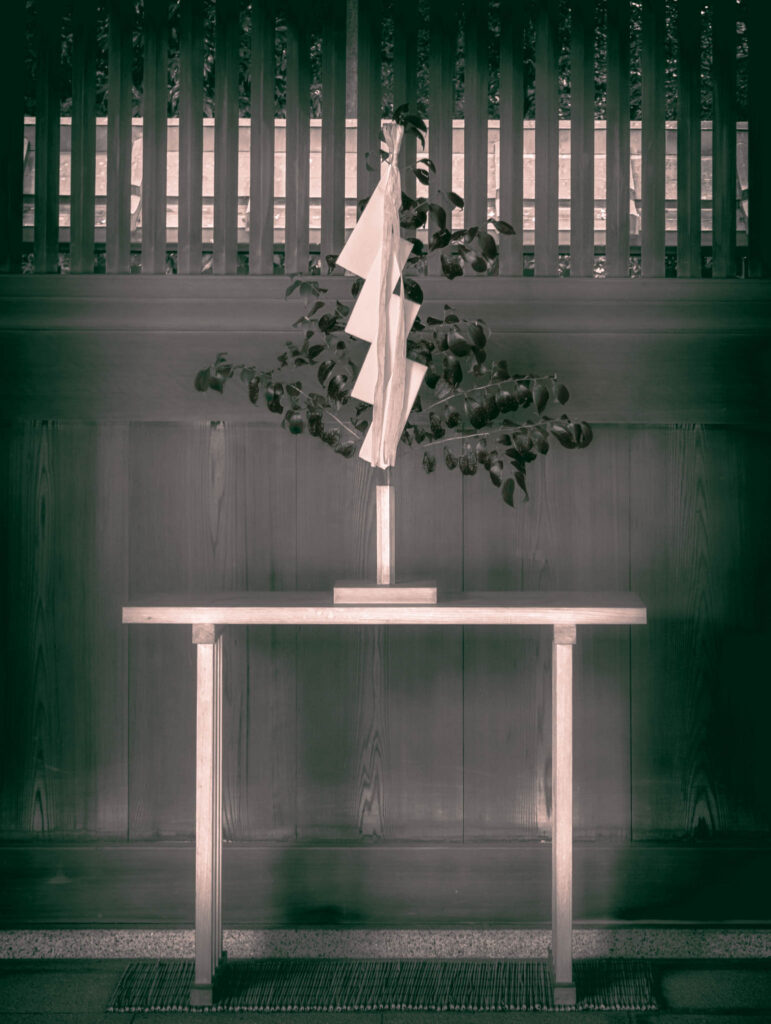
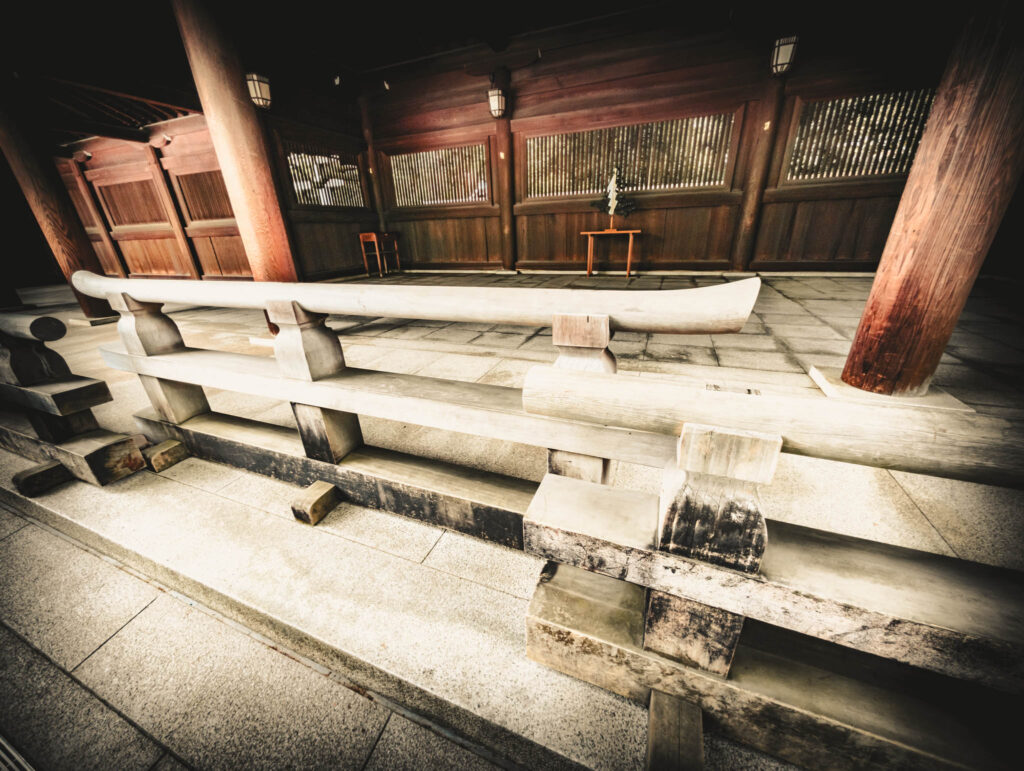
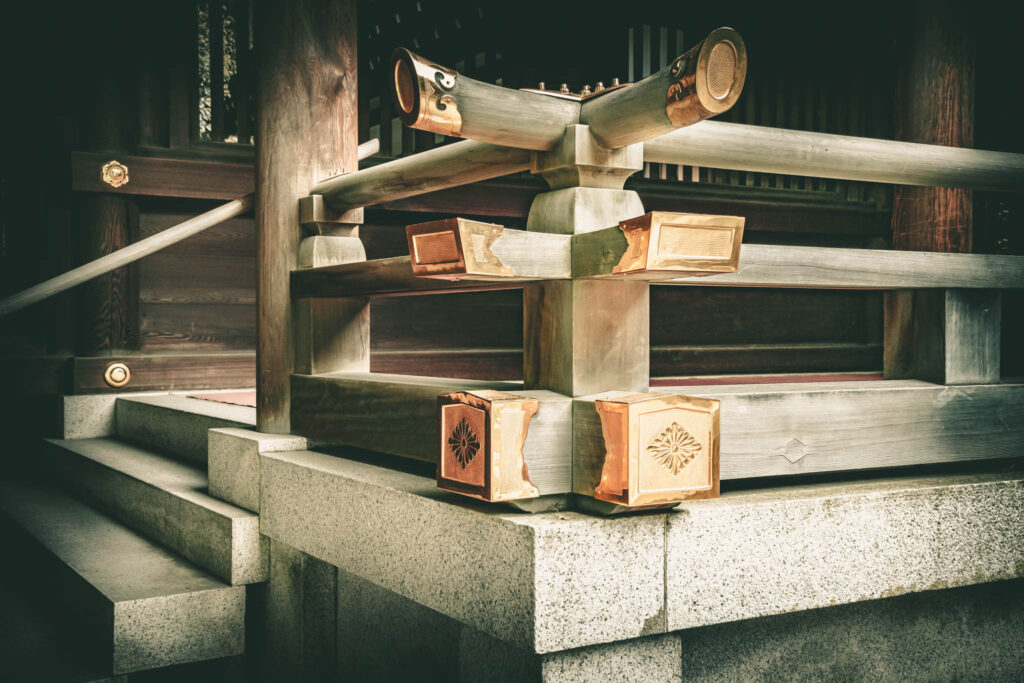
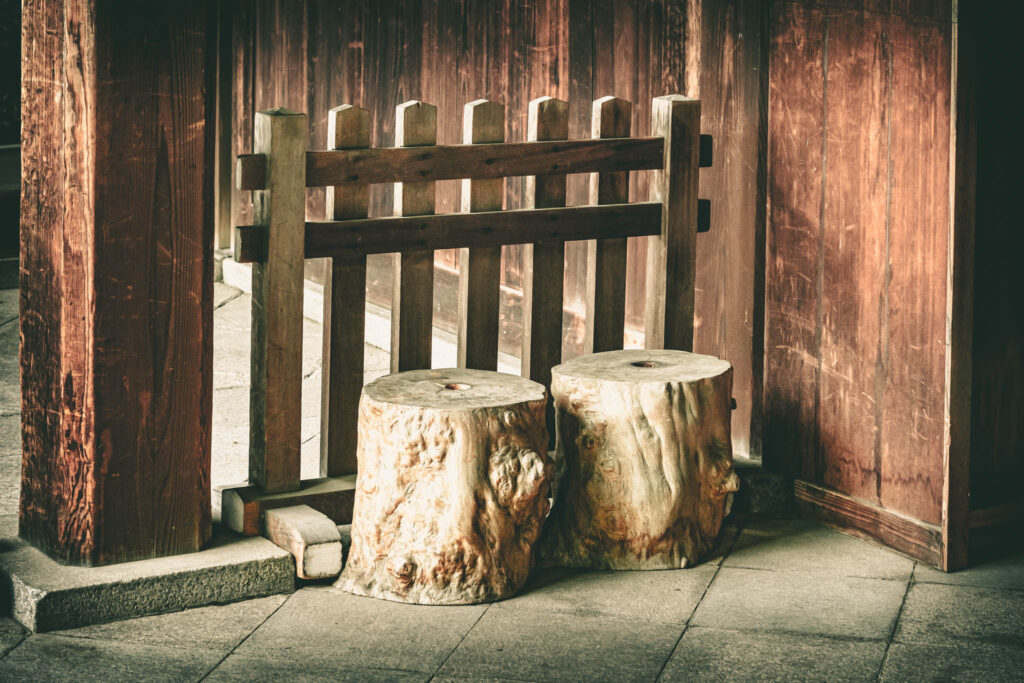
There are of course limitations on photography at the main shrine. For better or worse I have a tendency to gloss sites I can’t photograph — as if my non-photographic, experiential memory requires validating photographic evidence — and so I concentrated on examining the interesting other aspects of the complex: the gates, the various extended verandas, and the secondary buildings, as well as the Ghibli-like surrounding artificial forest.
Perhaps that isn’t an inappropriate course of action here. As part of my typically-compulsive prep for this trip, I read David Keene’s 2005 biography of Emperor Meiji, and I put the book down with the same sense as everyone else: that Mutsuhito was and is a hopeless cipher, a grand figurehead and effectively a non-autocrat. In other words, he is largely known not for having done great things but instead for constantly having great things happen around him over the long years of his reign. Or is that characteristic really the covert signature of a more occulted form of power, a most subtle autocracy in the grand Japanese tradition of cloistered rule? For just a moment I consider my long-abandoned authorial goals, and I imagine a conspiratorial epic where episodes swirl around a protagonist who only seems to be the passive center of events.
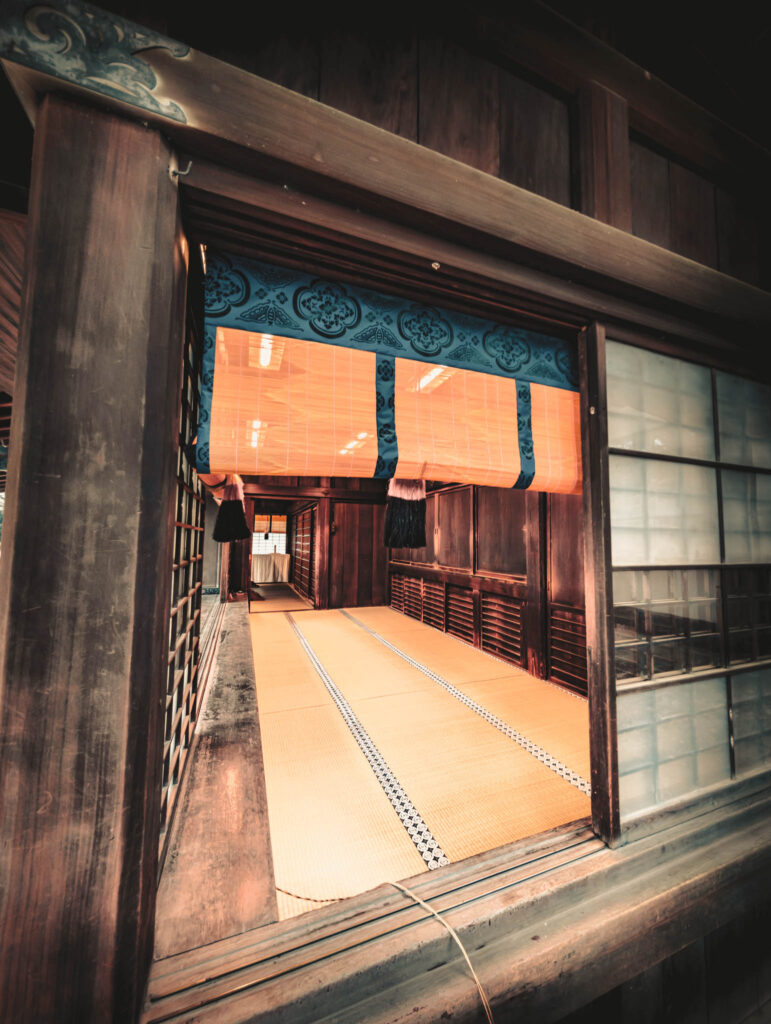
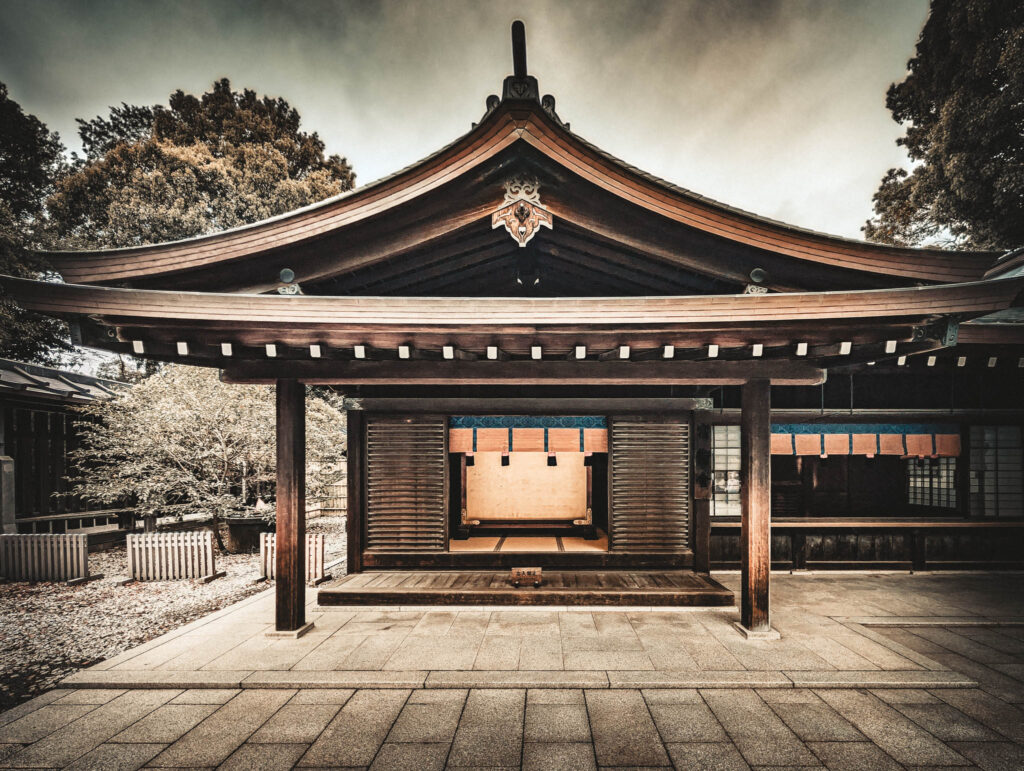

Leave a Reply